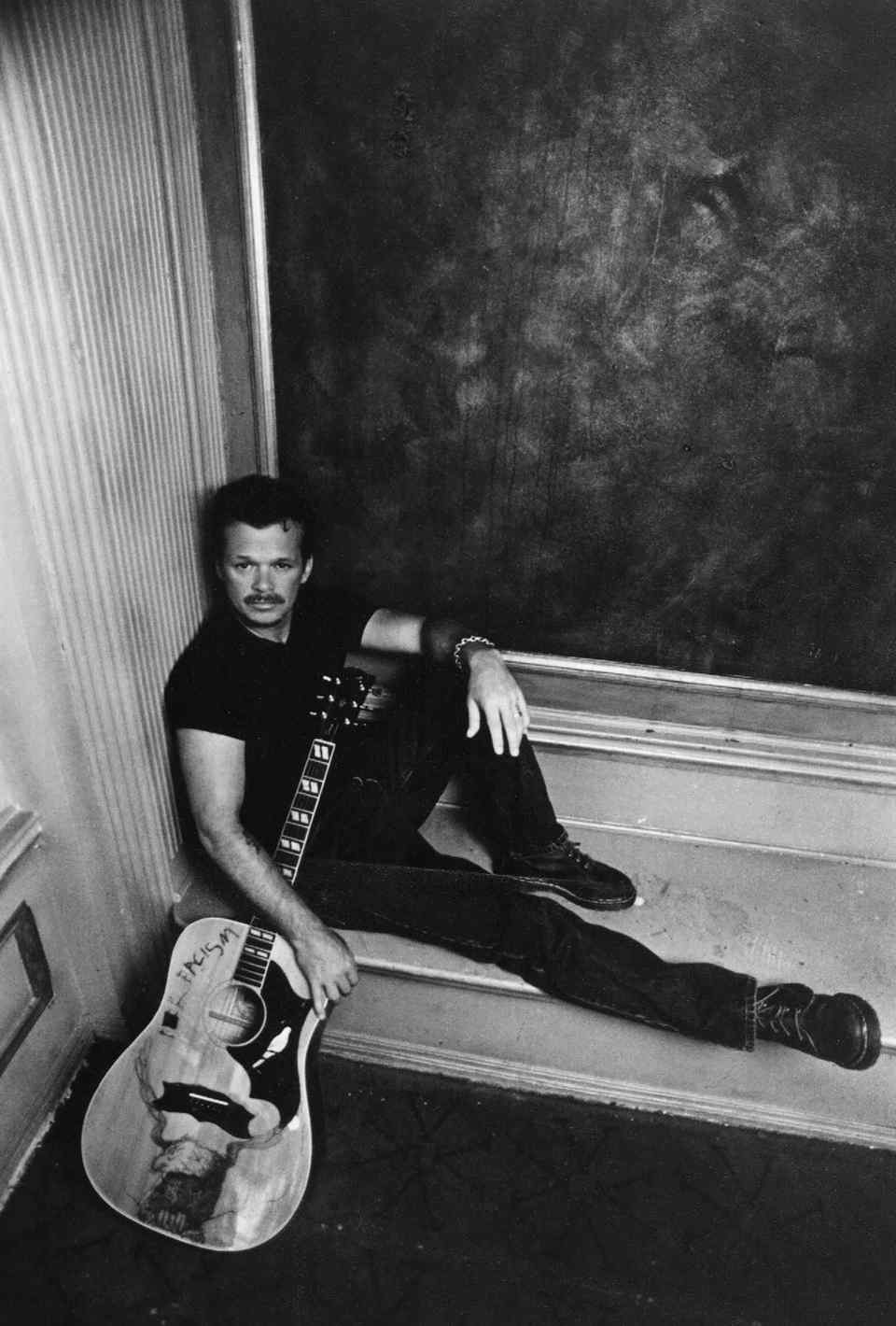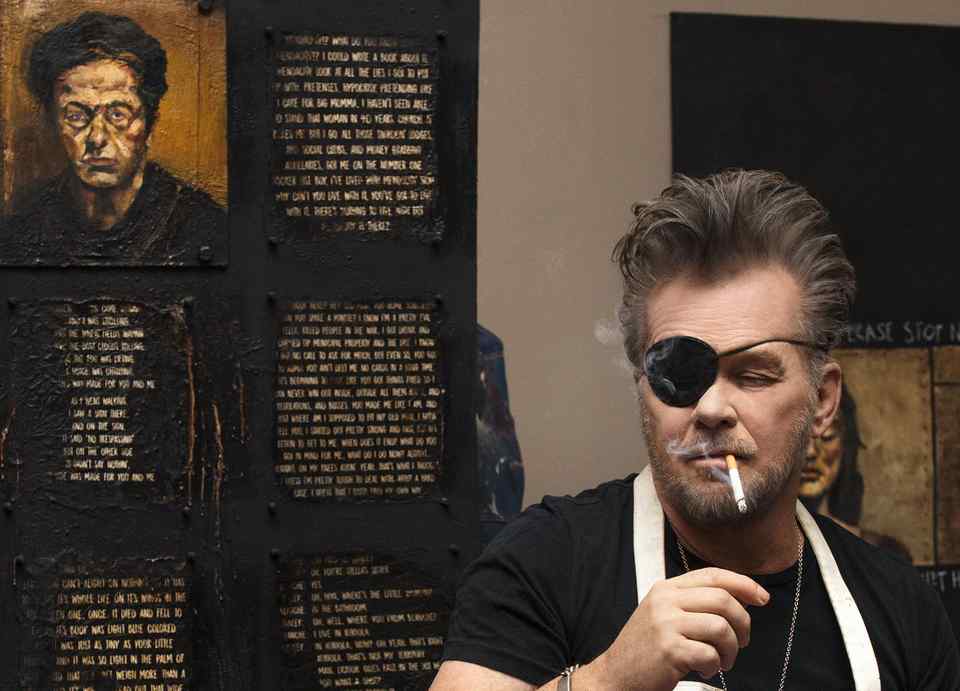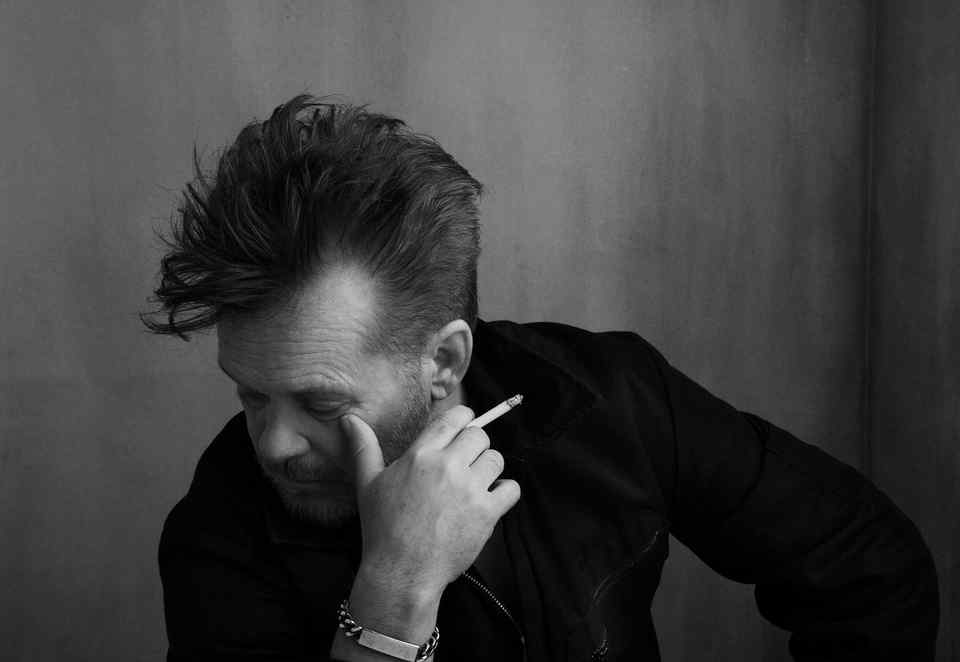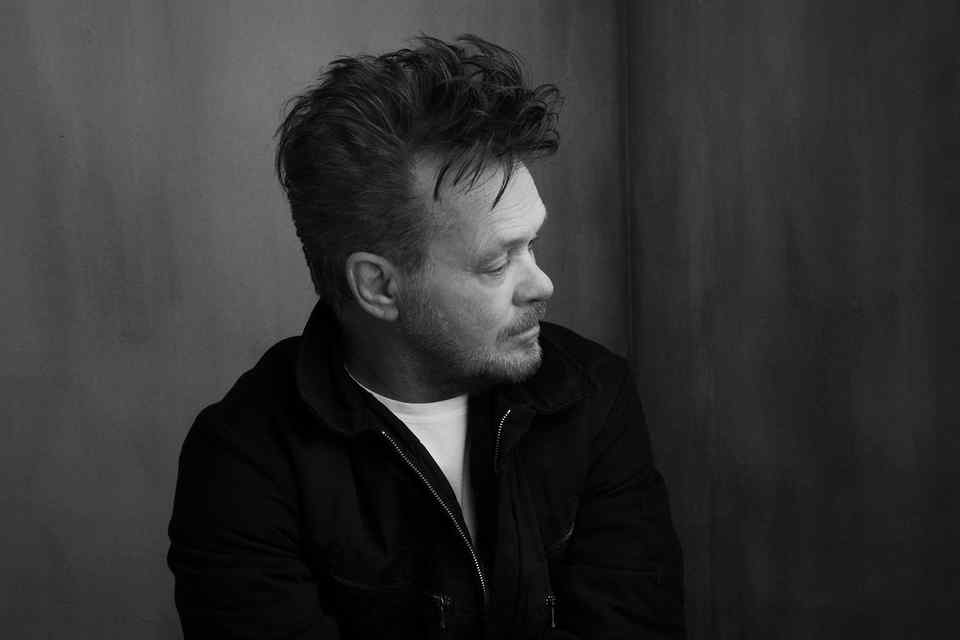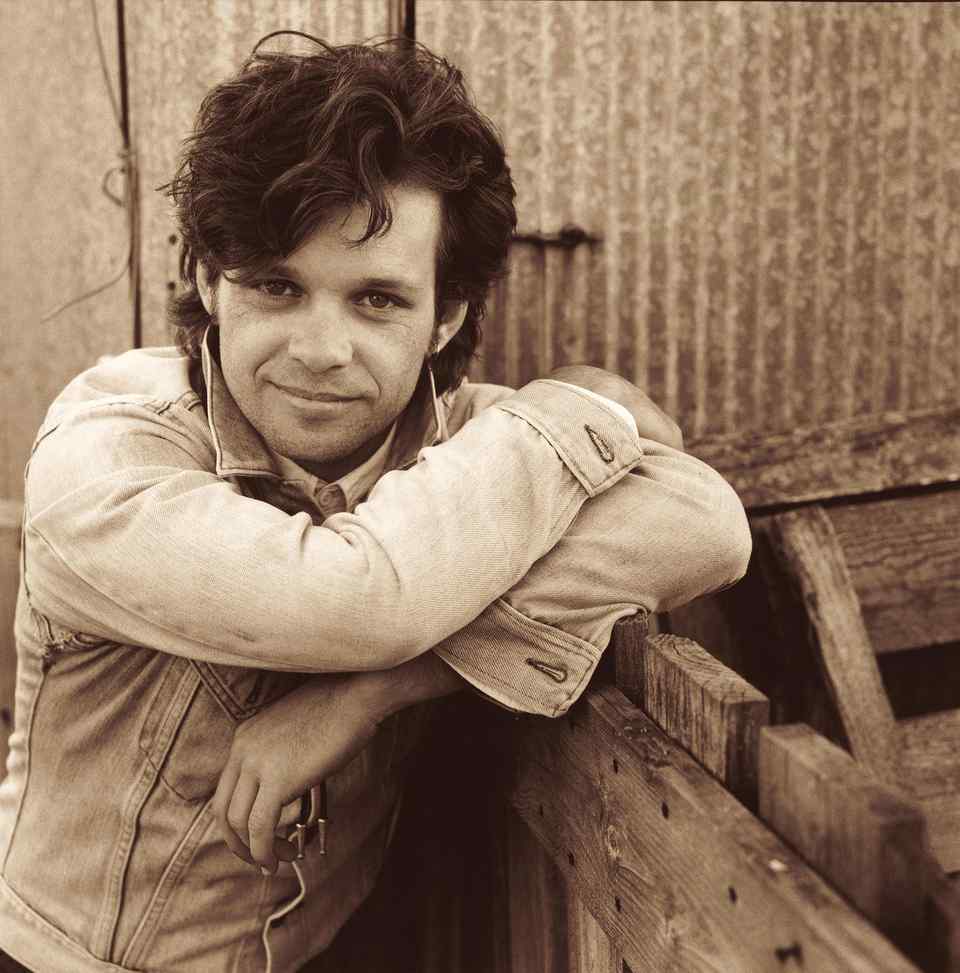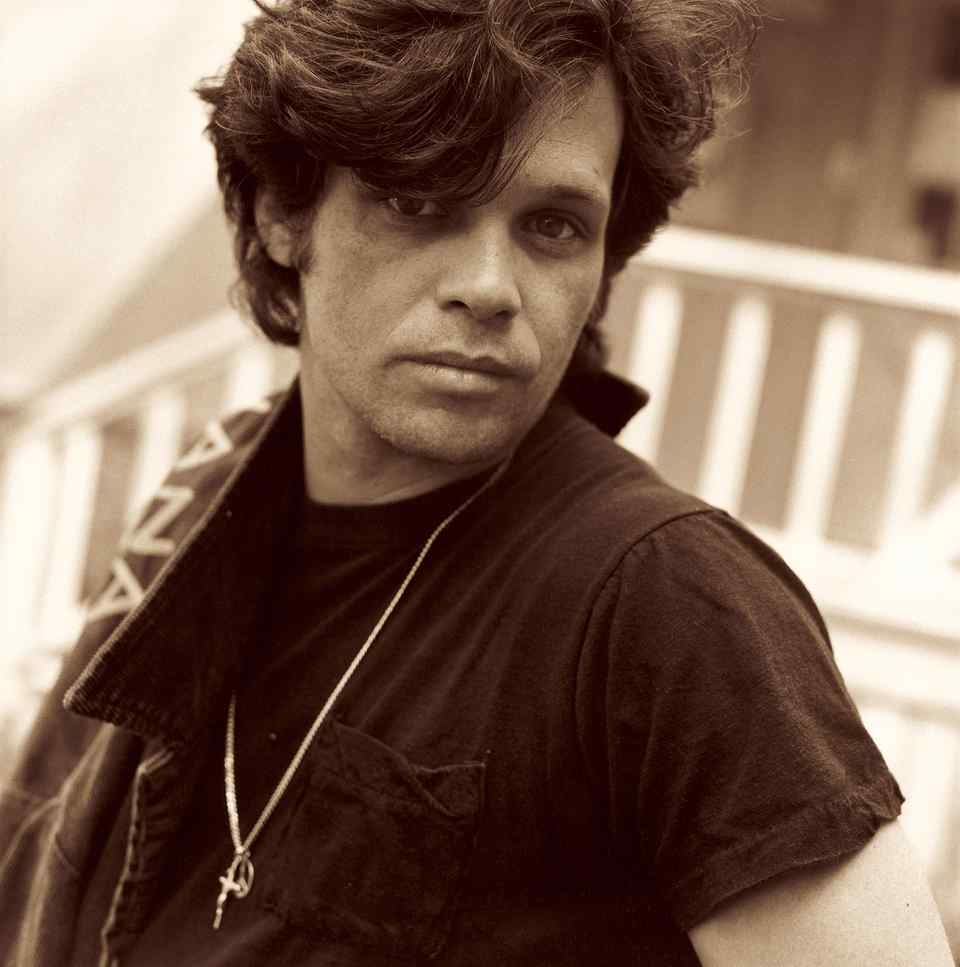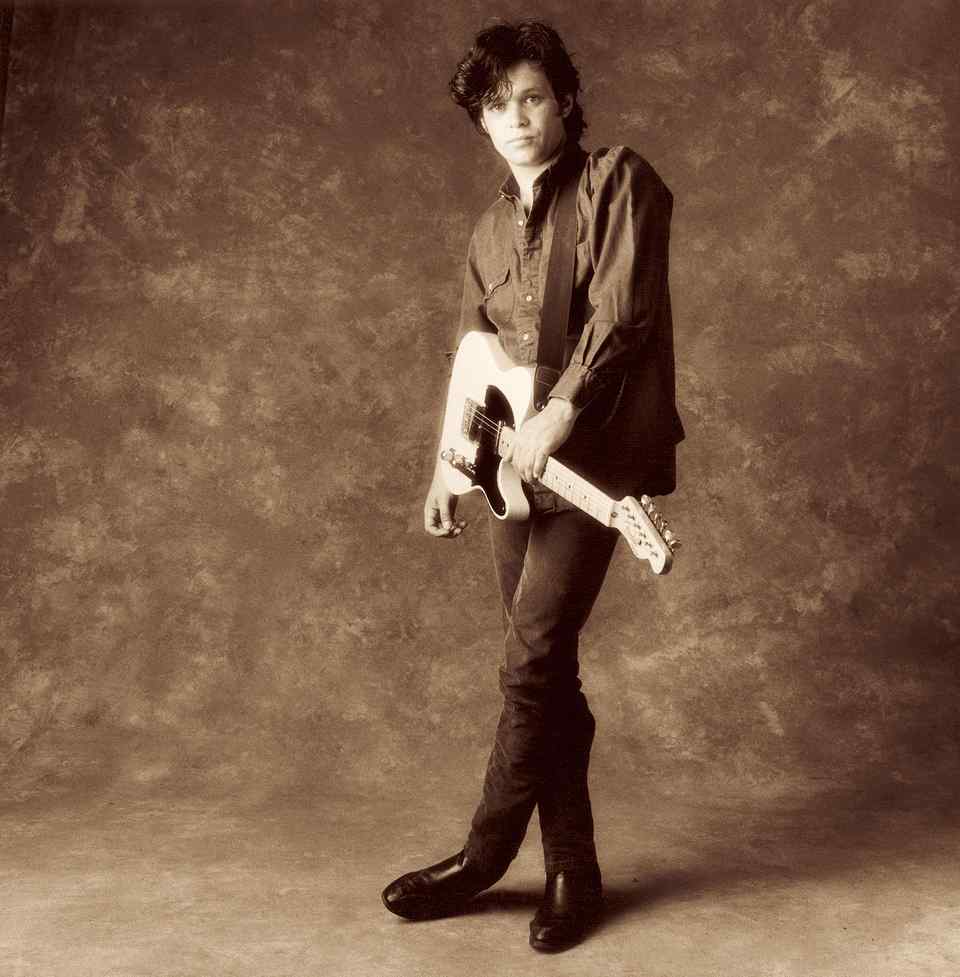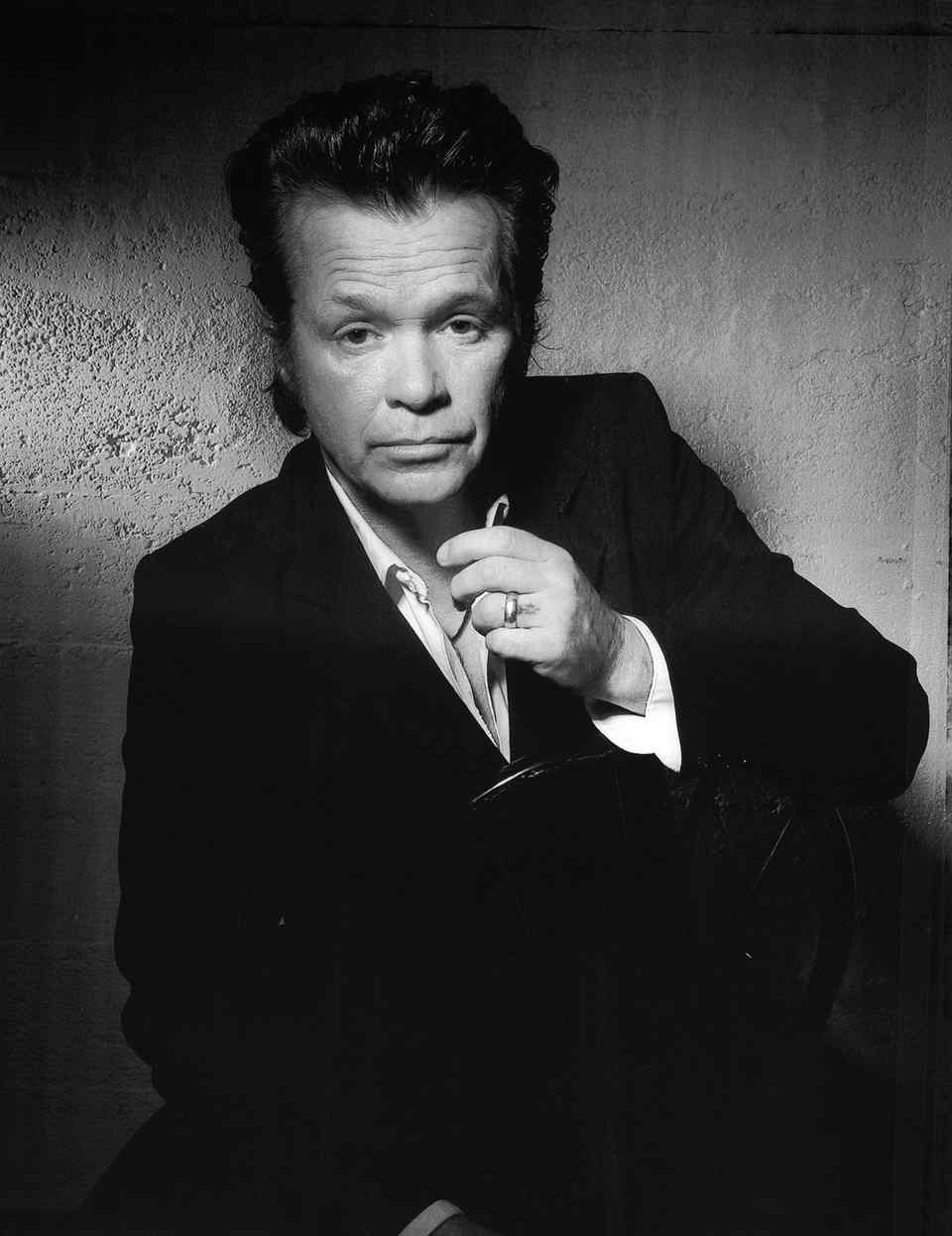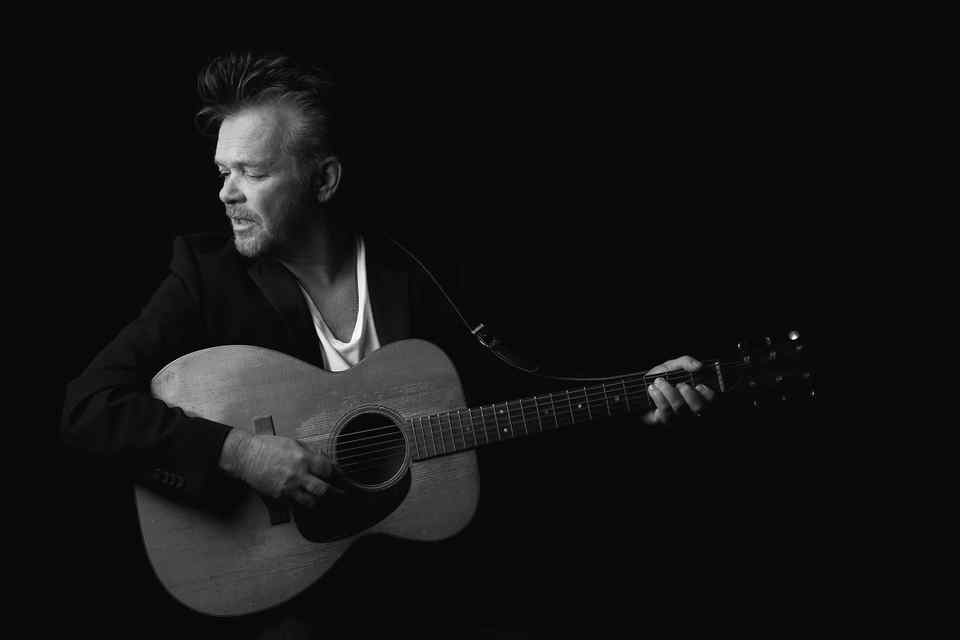Vindy.com: Butler Exhibition Will Showcase Rocker's Powerful Paintings
Not surprisingly, the work of John Mellencamp the visual artist carries the same weight and power as that of John Mellencamp the musician.
The rock’n’roll hall-of-famer has a body of songs that go headfirst at social issues and delve into the struggles of everyday people.
His paintings, if anything, are even more imposing.
Mahoning Valley residents can be among the first to get a close-up look at this other facet of Mellencamp’s talent. The first art-museum exhibition of the Indiana native’s work opens Sunday at the Butler Institute of American Art’s Howland Branch. It will run through Jan. 12.
The 40 or so oil paintings in the exhibition reflect Mellencamp’s affinity for the German Expressionist school of art.
German Expressionism rose in the period just before World War I. Its practitioners used bold compositions, often with undiluted colors and a heavy use of black for emphasis. The artworks had a narrative immersed in social issues, and heaviness and seriousness were hallmarks of each painting.
In several published interviews, Mellencamp has said he is particularly influenced by the work of German Expressionist master Max Beckmann (1884-1950).
“German painting remains the basic foundation for what I do, same as folk music is the foundation of my songs,” said Mellencamp. “Discovering Beckmann to me was like discovering Woody Guthrie or Bob Dylan.”
Louis A. Zona, director and chief curator of the Butler, says the roots of Mellencamp’s art are obvious, although filtered by time.
“[Mellencamp’s] work is many years removed from the original German Expressionists,” said Zona. He noted Mellencamp’s modern touches, such as the addition of words to the art to drive home the message.
Still, Mellencamp’s art has a strong social message — the most fundamental trait of German Expressionism.
The exhibition at the Howland branch will include some paintings that have
never before been seen by the public. Incidentally, the exhibition was
originally slated for the main Butler museum in Youngstown, but Zona decided to
move it to Howland because he felt the space was more suited to it.
Mellencamp’s first major museum exhibition took place last year at the Tennessee
State Museum — which is not an art museum — in Nashville, Tenn.
Zona said he selected the pieces for the Butler exhibition with a discerning eye.
“In choosing these works, mostly portraits, I [was] interested in the dialog between Mellencamp’s works and the Butler’s more-traditional collection of 19th- and 20th-century American art by masters, including John Singer Sargent, Winslow Homer and Raphael Soyer,” he said.
“John’s work is beautifully executed and speaks of themes that are universal. He has very strong opinions, be they sociological or political, which are right up front in these works. They are incredibly fascinating studies.”
One piece in the exhibition depicts a man writhing in pain, with blood pouring from a bullet wound in his chest. It bears the words “So this is gun control” and “the 2nd Amendment in action.”
Those who attended Mellencamp’s 2006 concert at the then-Chevrolet Centre (now Covelli Centre) in Youngstown can testify to the artist’s compulsion for expressing his opinions and speaking for those who can’t.
In an otherwise upbeat show, Mellencamp let the audience know of his opposition to the U.S. presence in Iraq before playing the Pete Seeger anti-war anthem “Bring ‘em Home.”
He also bemoaned the loss of family farms — and the subsequent ruin of small towns — at the hands of large corporations before playing “Rain on the Scarecrow.”
